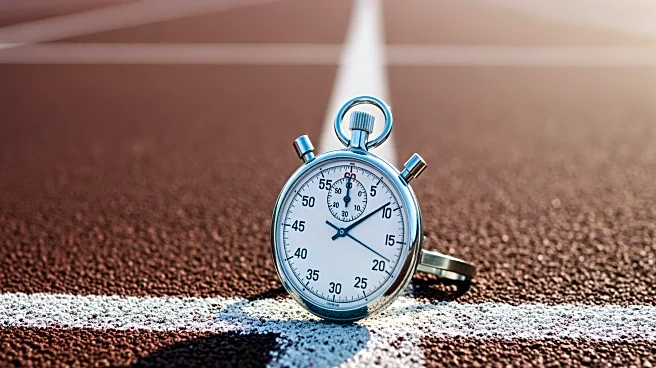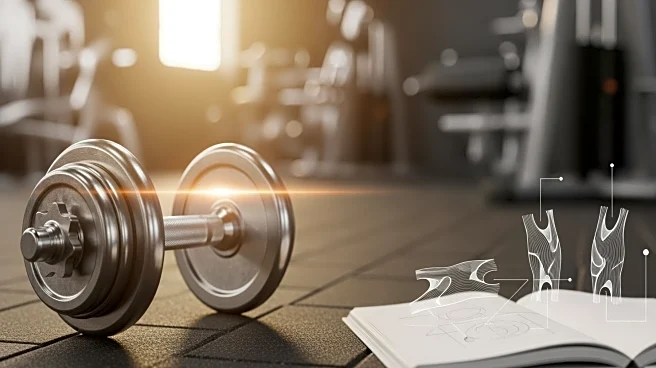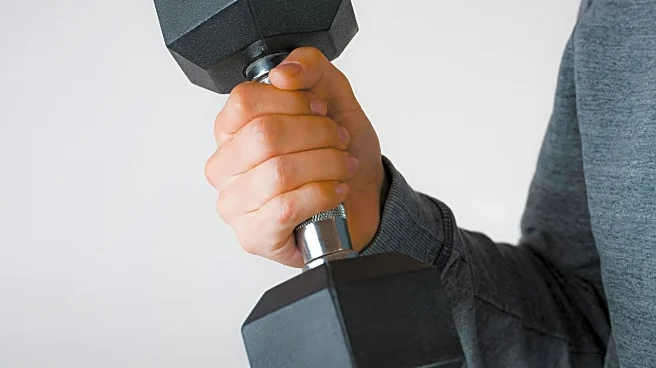What's Happening?
A trainer has emphasized the importance of single-leg exercises for improving balance, strength, and control. These exercises, such as lunges and single-leg hip thrusts, are beneficial for building stability
and core strength, as well as glute and quad development. Single-leg exercises challenge the hips, knees, and ankles, enhancing stabilization muscles and proprioception. They can also prevent injuries by improving joint stability and muscle coordination. A 2025 review in Molecular & Cellular Biomechanics supports these benefits, particularly for athletes.
Why It's Important?
Single-leg exercises offer a targeted approach to improving physical fitness, particularly for athletes and individuals seeking to enhance their balance and prevent injuries. By focusing on unilateral movements, these exercises can address muscular imbalances and improve overall athletic performance. This approach is particularly beneficial for sports that require agility and coordination, potentially reducing injury risk and enhancing performance.
What's Next?
Fitness programs may increasingly incorporate single-leg exercises to optimize training outcomes. Trainers and physical therapists might develop specialized routines that focus on unilateral strength and stability, catering to both athletes and the general population. This could lead to new fitness products and technologies designed to support single-leg training.
Beyond the Headlines
The emphasis on single-leg exercises highlights a shift towards more functional and holistic fitness approaches. By prioritizing balance and stability, these exercises align with broader health goals, such as fall prevention and improved mobility, particularly for older adults. This approach may also influence cultural perceptions of fitness, promoting a more inclusive and accessible view of physical health.











